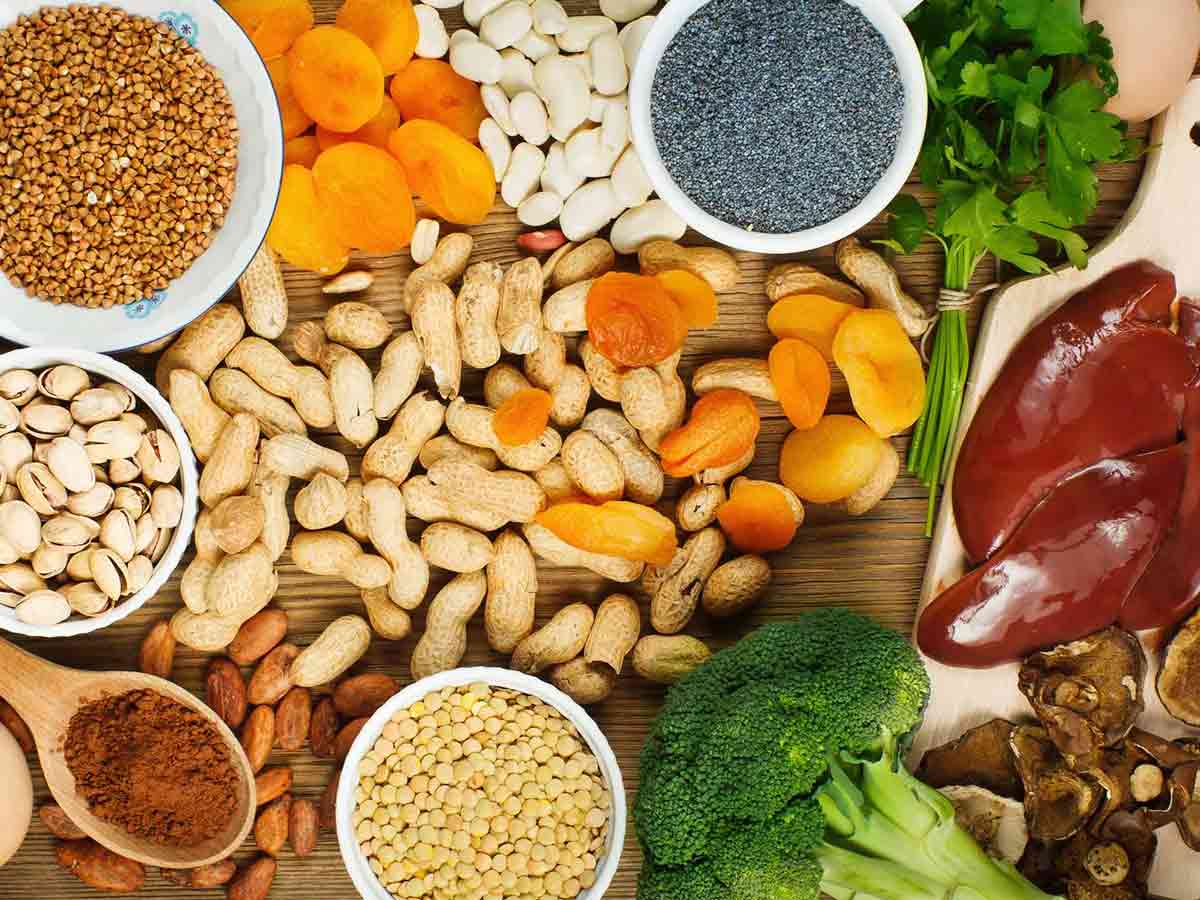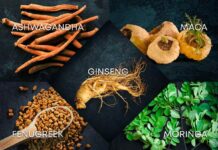Iron is a mineral that performs many important functions. The most important of which is to transport oxygen across your body as a component of red blood cells. It is an essential and necessary nutrient which means you must obtain it from your food. The DV (daily value) is 18 mg. Surprisingly, the amount of iron your body consumes is determined in part by how much you have stored. A deficiency may occur if your consumption is insufficient to compensate for the amount you lose each day. Anemia can be induced by an iron deficiency, resulting in symptoms such as fatigue. Menstruating women who do not eat iron rich foods are particularly vulnerable to iron deficiency.
Food contains two forms of iron
-
Heme iron
-
Non-Heme iron
Meat, fish, and poultry all contain heme iron. It is the most easily absorbed source of iron by your body. You absorb up to 30% of the heme iron you eat. In general, consuming meat raises iron levels much more than eating nonheme iron.
Plant-based foods rich in nonheme iron include fruits, vegetables, and nuts. Foods containing nonheme iron are still an integral part of a healthy, well-balanced diet. Still, the iron in these foods is not as well assimilated. You absorb between 2% and 10% of the nonheme iron you eat.
How Your Body Utilizes Iron from Food?
Absorption of iron into your body mainly via the upper region of your small intestine. Dietary iron comes in two types: heme and nonheme. Heme iron is a byproduct of hemoglobin. It can be found in animal foods that are used to contain hemoglobin, such as red meats, fish, and poultry (meat, poultry, and seafood contain both heme and non-heme iron). Iron from heme sources is the most readily absorbed by your body. The majority of nonheme iron comes from plants.
1. Shellfish
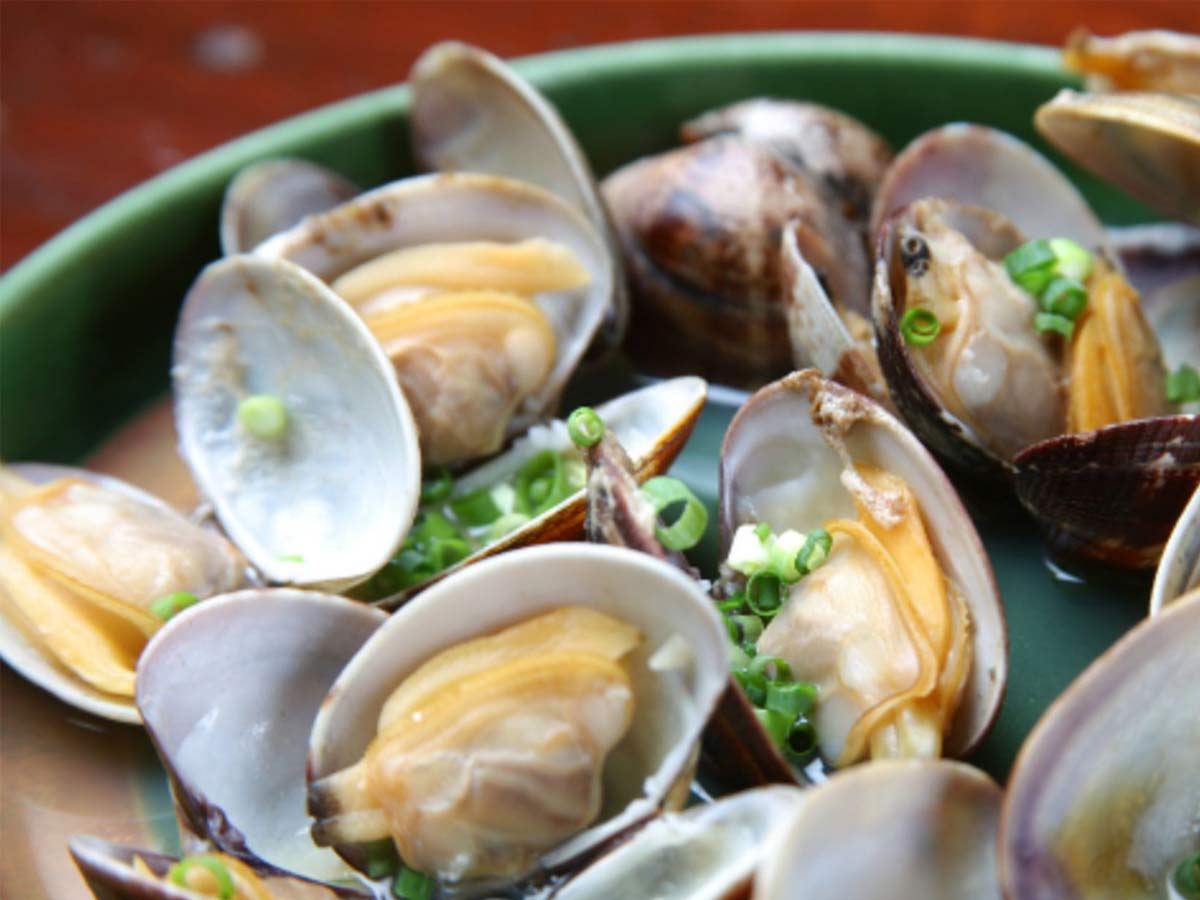
Iron is abundant in various types of shellfish. Iron content in 100 g of clam is 13.98 mg, while oyster contains 5.1 mg. Iron is also used in blue mussels, shrimp, and lobster. Shellfish are high in protein, healthy fats, vitamins, and minerals while being low in calories. Shellfish is beneficial to our hearts, brains, and weight loss. They are also beneficial in the development of immunity.
2. Spinach

Vegetarians will get a lot of iron from spinach. Spinach nutrition value varies 2.7 mg of iron per 100 g. It also has 28 mg of vitamin C. Vitamin C also improves iron absorption in our bodies. Cooking spinach with tomatoes also improves our bodies’ absorption of the iron found in spinach.
Spinach, in addition to iron and vitamin C, contains vitamins A and K and minerals such as magnesium and manganese. It is beneficial to our eyes and bones, and it is also used to control blood pressure in hypertensive patients. It also lowers the risk of cancer and helps with constipation.
3. Tofu is a type of soy protein.
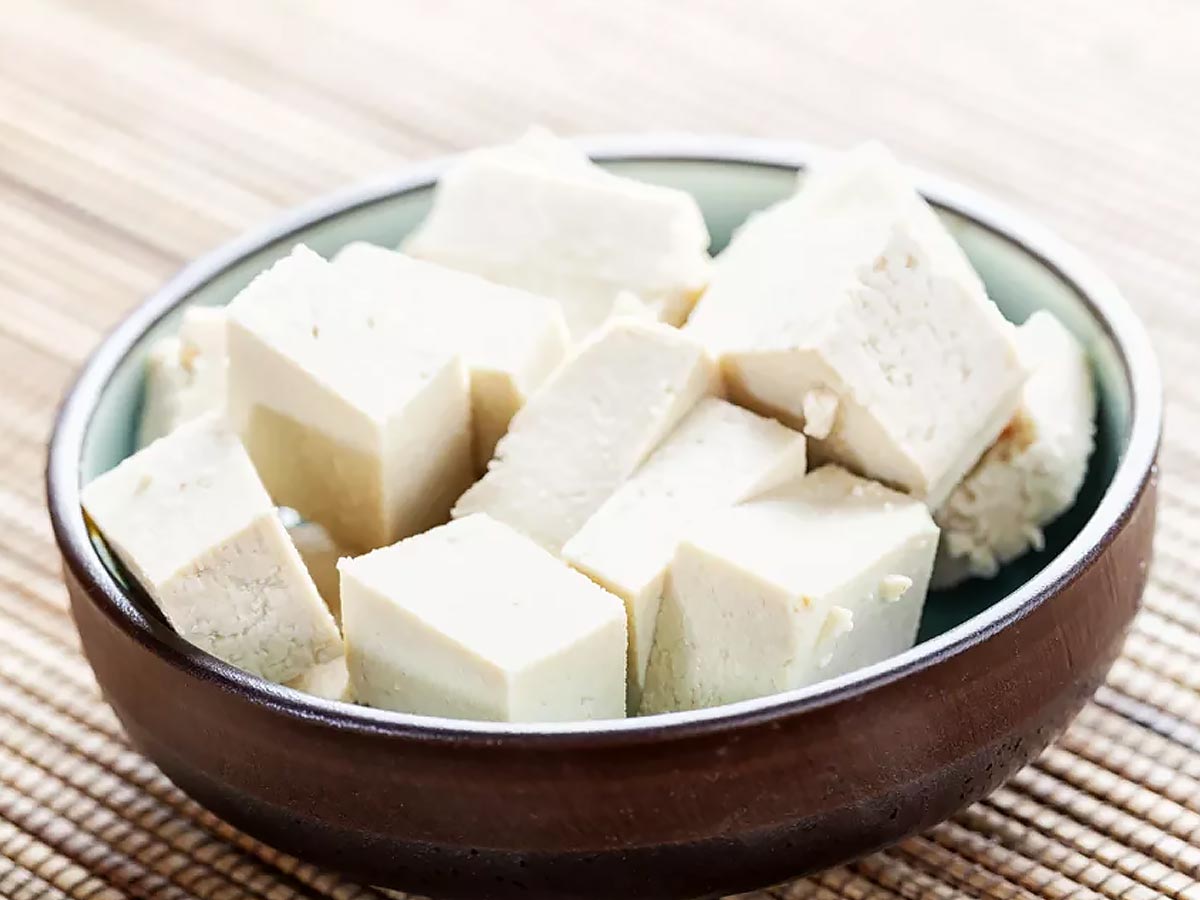
Tofu is a food made from soybeans. Tofu contains 5.4 mg of iron per 100 grammes. Tofu is also high in protein, calcium, vitamin B1, manganese, phosphorus, magnesium, zinc, and other minerals. Tofu helps to keep cholesterol levels and bone health in check. It lowers the chances of anemia and cancer.
Also Read, 7 Carbohydrate Rich Foods, Power Packed with Energy
4. Pumpkin Seeds

Pumpkin seeds are a delicious and handy snack. A 1-ounce (28 g) serving of pumpkin seeds contains 2.5 mg of iron or 14% daily value. Furthermore, pumpkin seeds are high in vitamin K, zinc, and manganese. They are also one of the strongest sources of magnesium, which many people lack. A 1ounce (28 g) serving of pumpkin seeds provides 40% of the daily value for magnesium, which helps in bringing down the risk of insulin resistance, diabetes, and depression.
5.Red Meat and fish
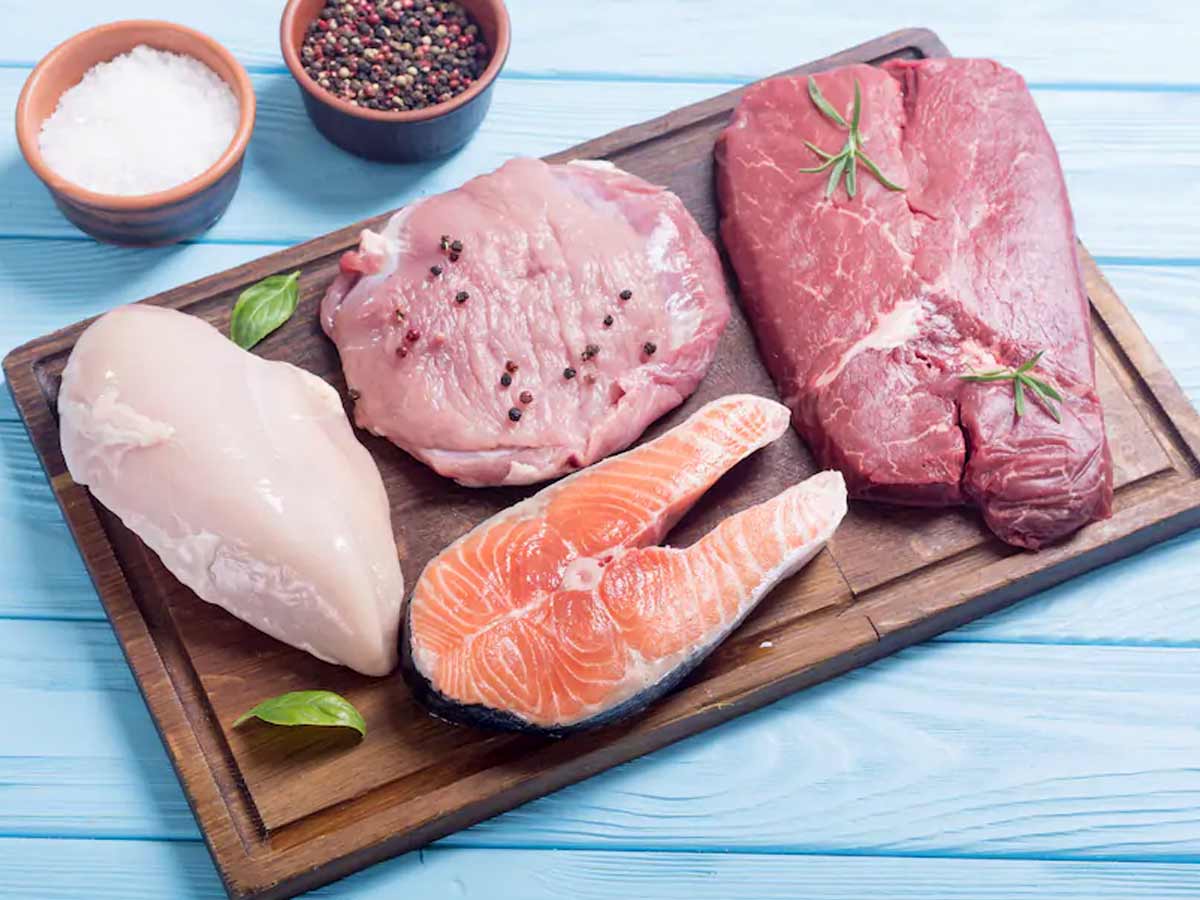
If you are a non-vegetarian, there are several nutritious, low-calorie recipes on the internet that use fish, poultry, and red meat. Making these a daily part of your diet will keep your hemoglobin (Hb) levels above normal. According to researchers, iron deficiency risks are lower in people who consume poultry, meat, and fish daily. Iron content in 100 grams of red meat, such as ground beef, is 2.7 mg. It is also high in B complex vitamins, selenium, zinc, and protein, all of which are beneficial to the human body’s overall health. Iron content in 100 grams of chicken is 1.3 mg. Iron is abundant in fish such as salmon, sardines, and mackerel.
6. Whole grain
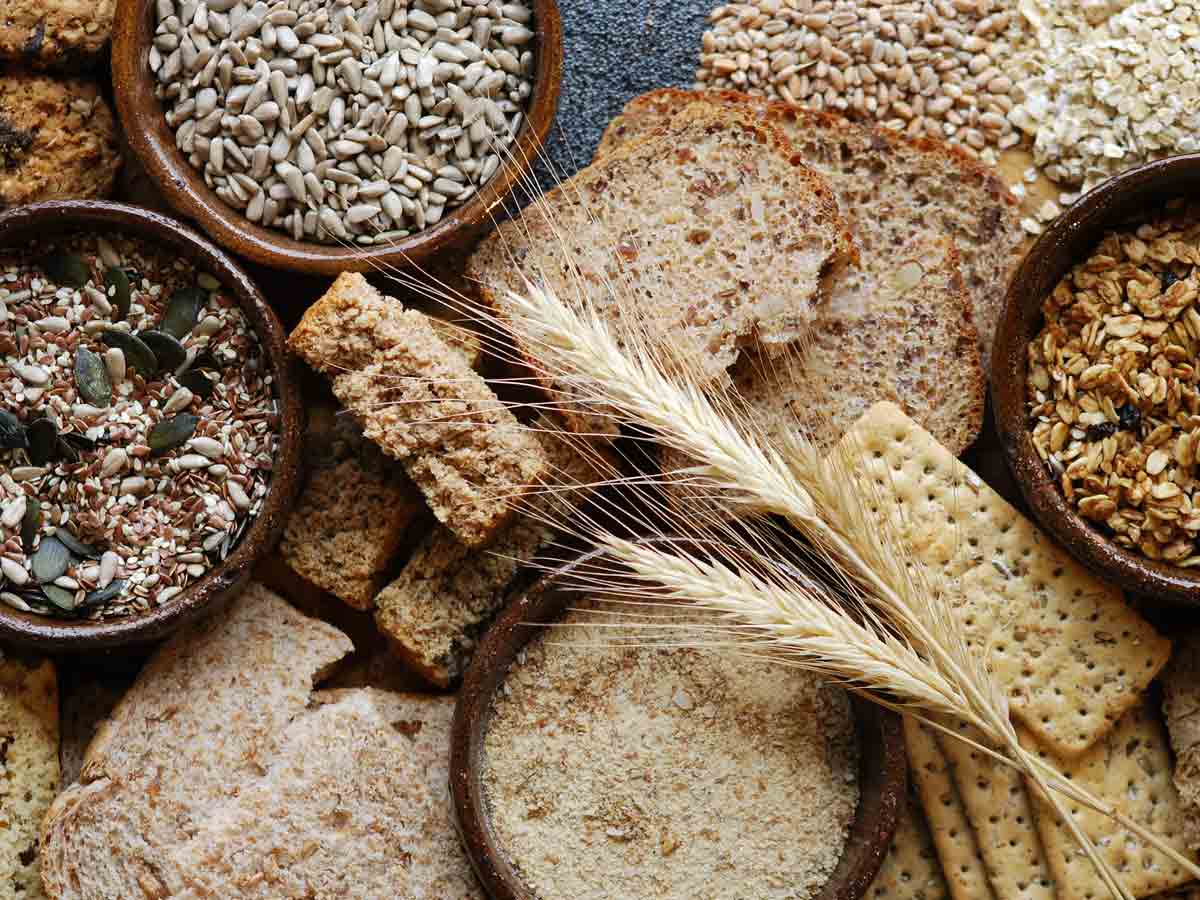
Whole grains are also high in copper. Iron is used in wheat, millets, oats, brown rice, and quinoa. Oats contain 4.7 mg of iron per 100 gm, while quinoa contains 1.5 mg of iron. Wheat contains 3.9 mg of iron per 100 gm, while millet contains 3 mg. Whole grains are also high in fiber, protein, vitamins, minerals, and antioxidants. Whole grains increase digestion and can lower the risk of heart disease, stroke, diabetes, obesity, and cancer, among other things.
7. Dark chocolate (cacao):
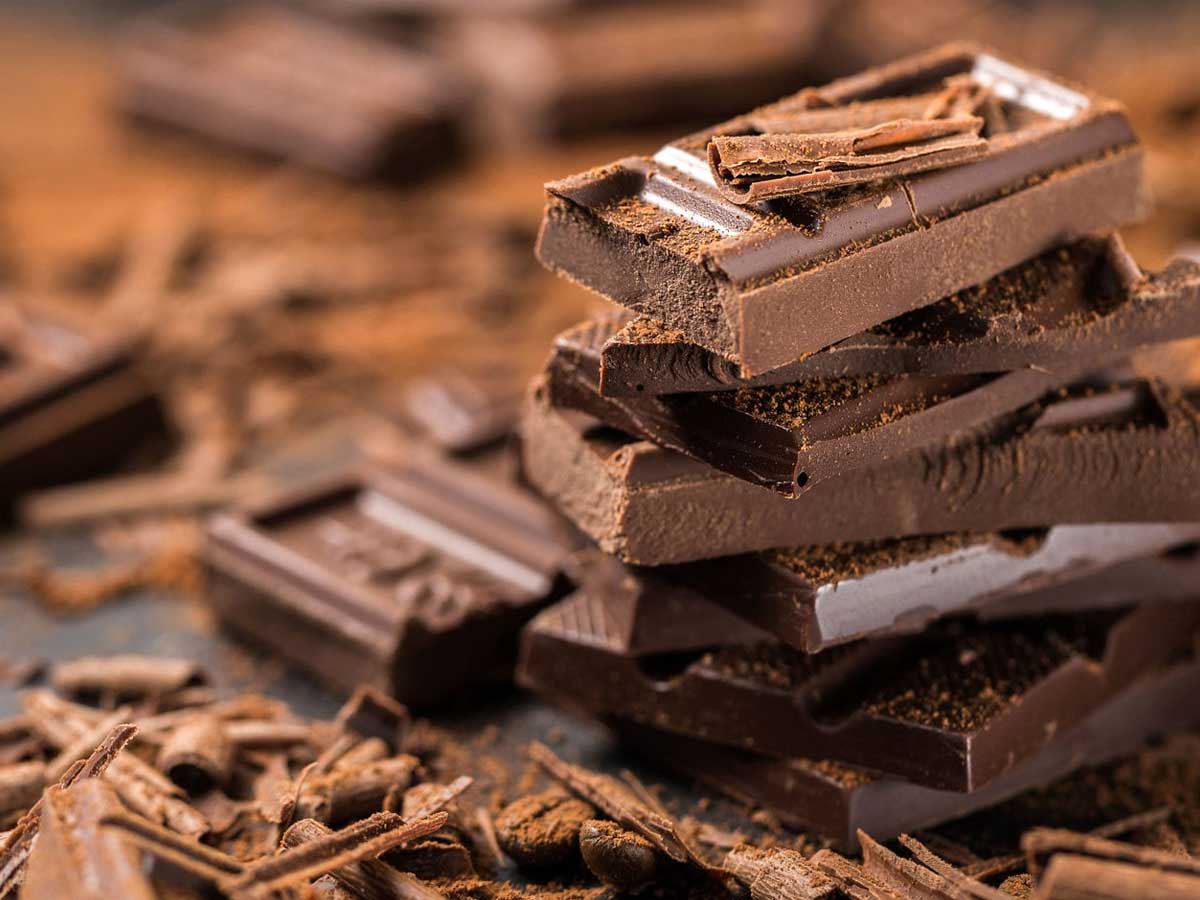
Who thought iron rich foods had to be monotonous? Dark chocolate will please our taste buds while still increasing our iron levels. Iron is present in 6.32 mg per 100 grams of dark chocolate. Eating a small amount of dark chocolate after – meal helps to increase our body’s iron reserves. Still, it cannot be overdone because it contains a lot of calories. Dark chocolate also contains beneficial fats, iron, manganese, potassium, arsenic, magnesium, zinc, selenium, and other minerals. It lowers our cholesterol levels and lowers our risk of stroke and heart disease.
8. Broccoli

Broccoli is high in nutrients. A 1-cup (156g ) serving of cooked broccoli contains 1 mg of iron, accounting for 6% of the daily value. Furthermore, a serving of broccoli contains 112 percent of the DV for vitamin C, which aids in iron absorption. The same serving size is rich in folate, has 5 grams of carbohydrate, and has some vitamin K. Broccoli is a cruciferous vegetable, which also contains cauliflower, Brussels sprouts, kale, and cabbage. Cruciferous vegetables contain plant compounds such as indole, sulforaphane, and glucosinolates, which are thought to protect against cancer.
9. Dried Fruits
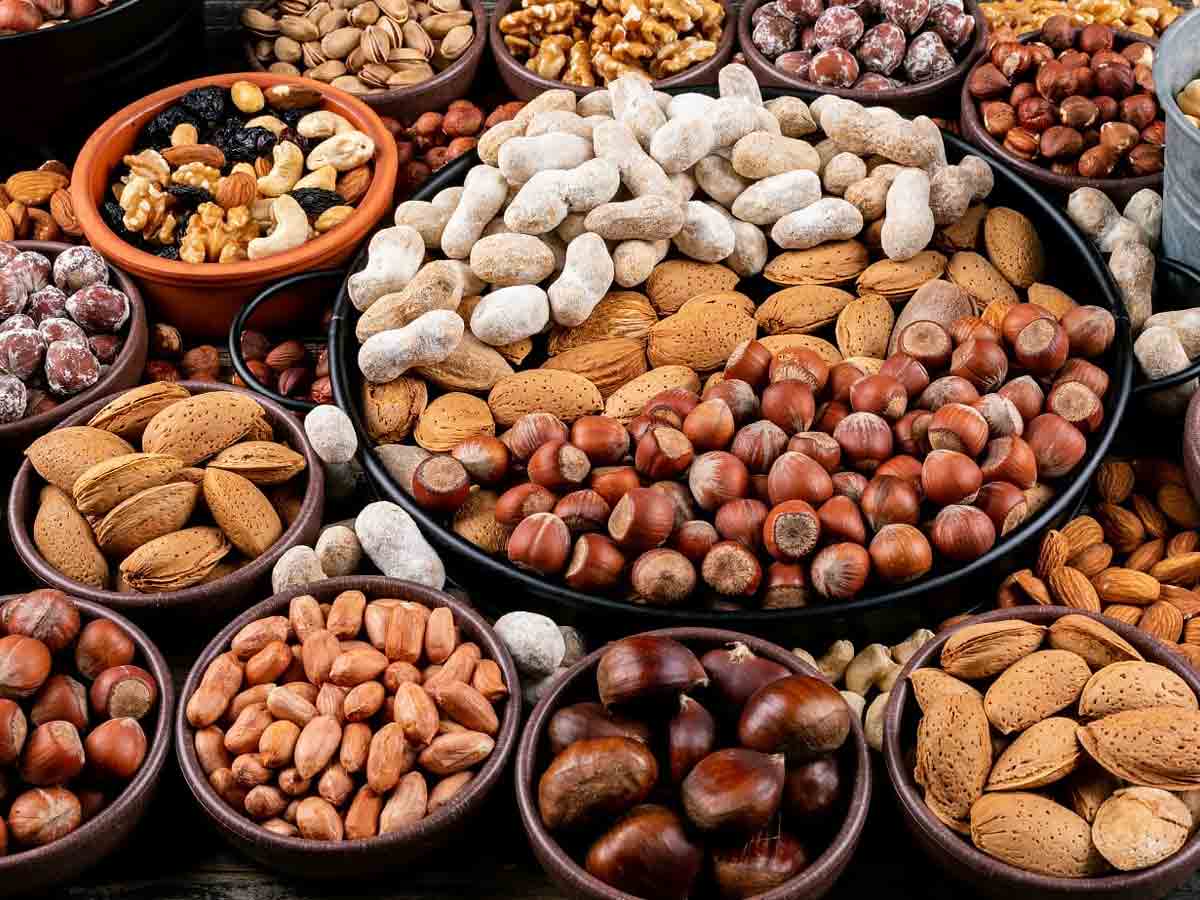
Iron is used in dried fruits such as prunes, raisins, and apricots. Prunes contain 0.93 mg of iron per 100 grams, while raisins contain 2.6 mg of iron per 100 grams. Apricots contain 6.3 mg of iron per 100 g. Using these dried fruits regularly aids in the prevention of iron deficiency. Prunes also aid absorption and help to lower cholesterol levels in the body. Raisins are also essential for digestion and strengthening our bones. Apricots are high in antioxidants, which benefit the eyes, skin, and overall health.
10. Nuts
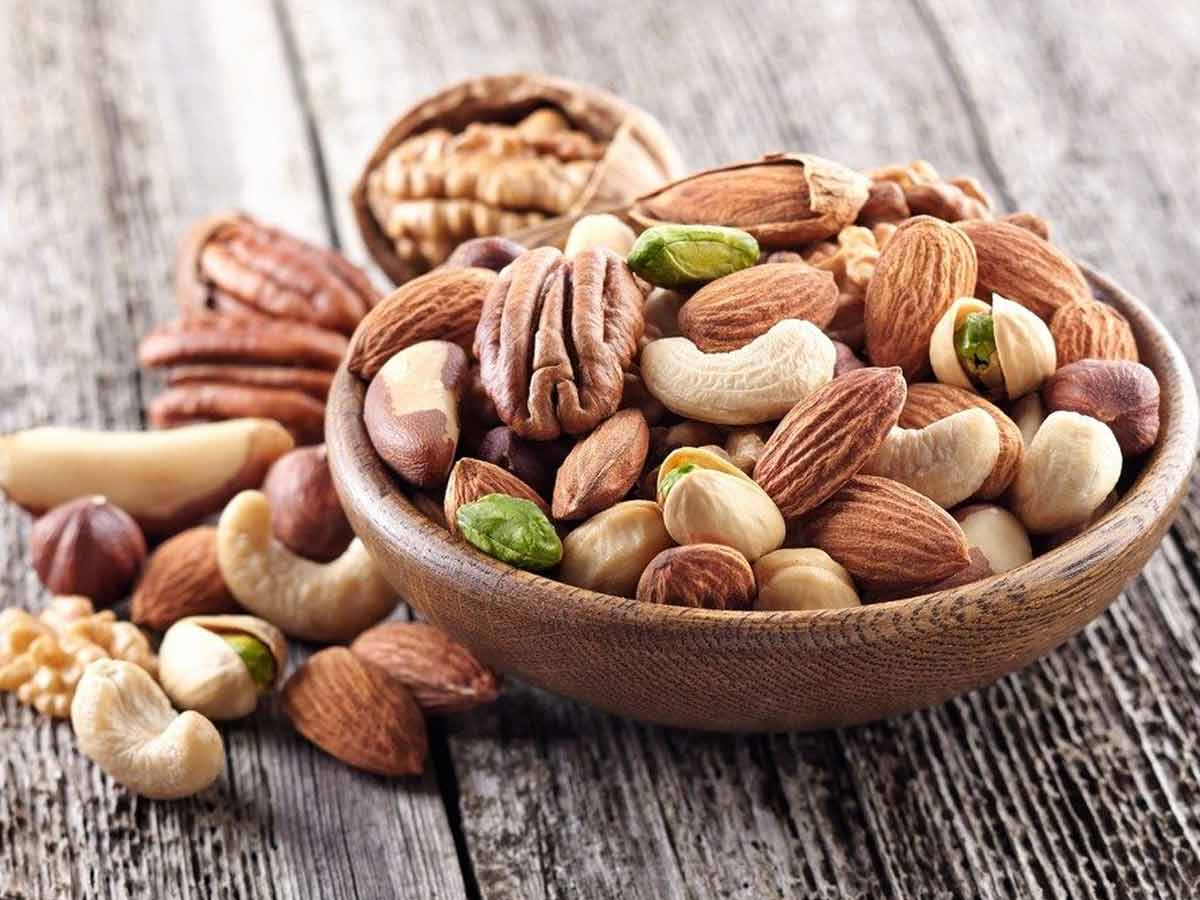
Iron rich nuts include pistachios, cashews, and almonds. Pistachios have 3.9 mg of iron per 100 g, while cashews have 6.7 mg. Almonds have around 5.4 mg of iron per 100 g. Nuts are high in calories, healthy fats, and a variety of vitamins and minerals. They can lower the risk of cancer and heart disease, as well as aid in weight loss.





















